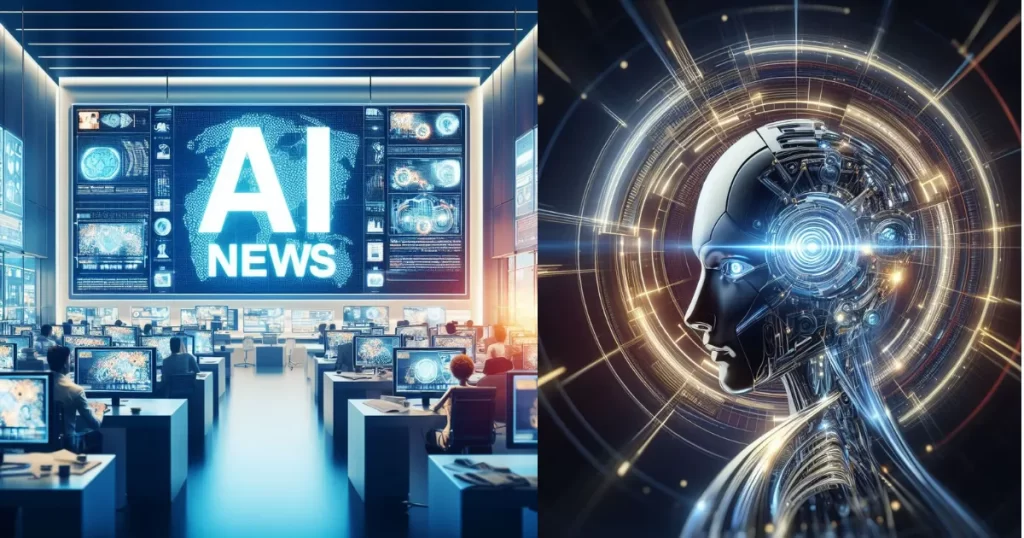OpenAI has made substantial upgrades to its AI models, with an emphasis on increasing voice interaction and picture recognition skills. These improvements, which were announced on October 1, are intended to improve communication and the efficient use of pictures in AI applications.
A important feature is the new Realtime API, which allows developers to construct speech apps with a single query. This program enables low-latency, real-time communications by streaming audio inputs and outputs. Unlike prior techniques, which required developers to mix different models and send audio recordings for processing, the Realtime API enables instantaneous and natural interactions, similar to how voice assistants work. This development is based on GPT-4, which can evaluate audio, pictures, and text concurrently.
Additionally, OpenAI has released a fine-tuning tool that improves the AI’s capacity to read images and words. This technology enhances visual search and item identification by using human feedback to modify AI replies. Developers may now alter the AI’s comprehension based on samples of correct and wrong outputs, resulting in increased accuracy.
Other upgrades include “model distillation” and “prompt caching,” which allow smaller models to learn from bigger ones while reducing development costs and time by reusing previously processed data. These improvements are critical for firms who develop apps utilizing OpenAI’s technology, which is a significant income stream for the company. OpenAI expects its income to increase dramatically, forecasting $11.6 billion for next year, up from $3.7 billion in 2024.
These new features establish OpenAI as a leader in the AI sector, improving the entire experience for both developers and users.
Information sourced from Cointelegraph. You can check out the full article here.

I’m Voss Xolani, and I’m deeply passionate about exploring AI software and tools. From cutting-edge machine learning platforms to powerful automation systems, I’m always on the lookout for the latest innovations that push the boundaries of what AI can do. I love experimenting with new AI tools, discovering how they can improve efficiency and open up new possibilities. With a keen eye for software that’s shaping the future, I’m excited to share with you the tools that are transforming industries and everyday life.

